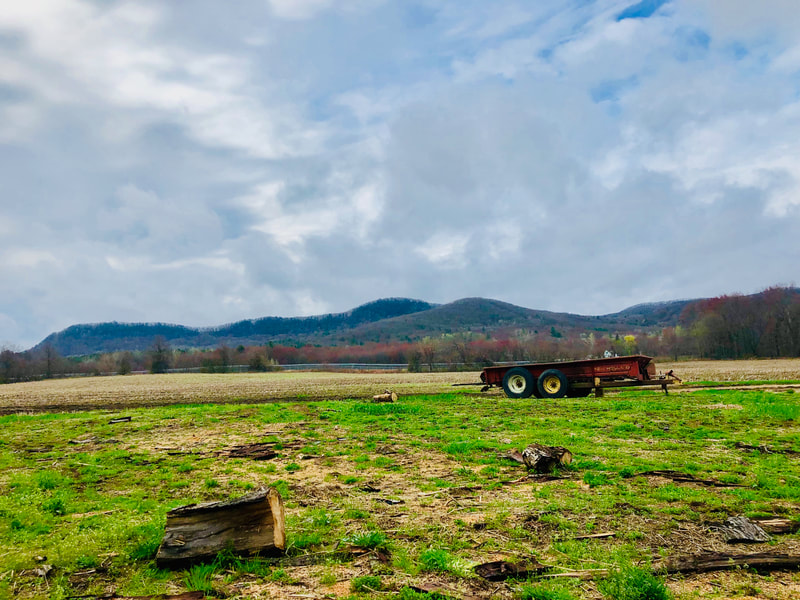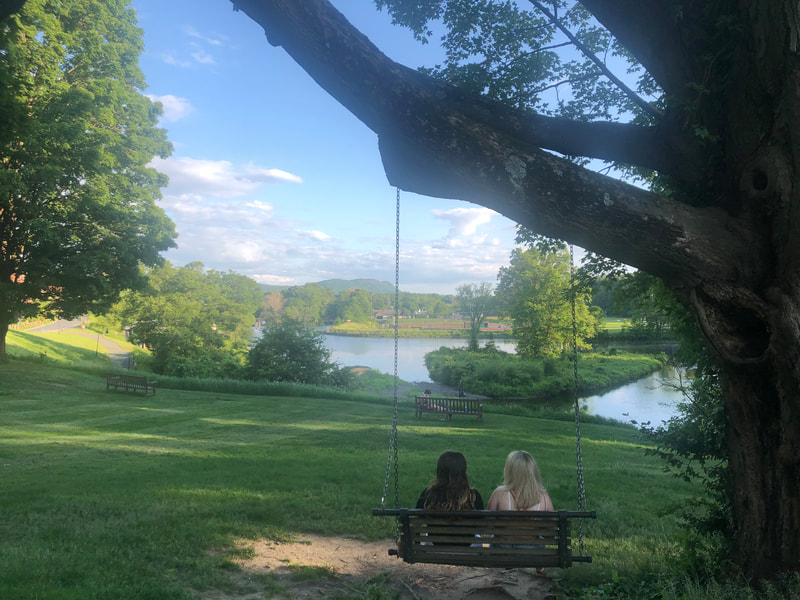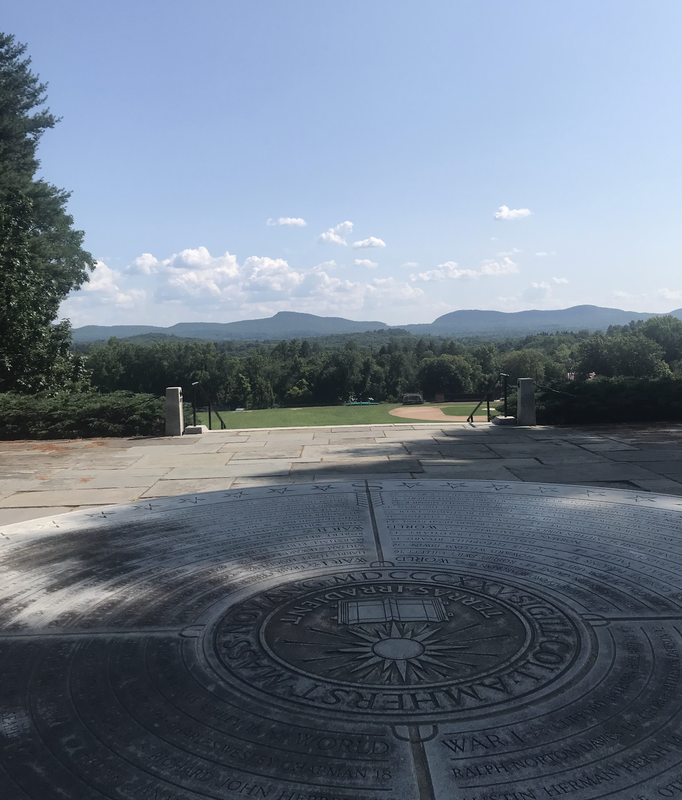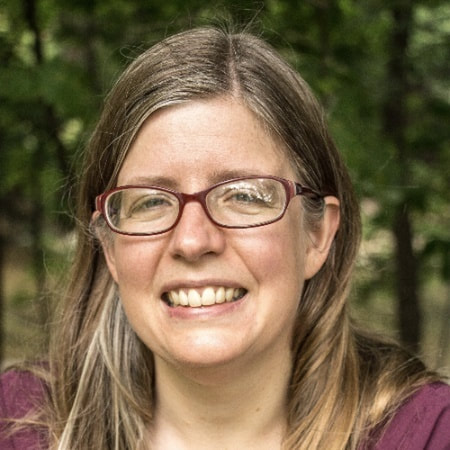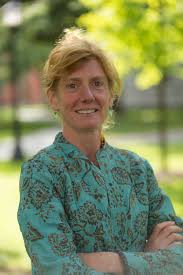The New England College Renewable Partnership
A collaborative approach to sustainability
The New England College Renewable Partnership (NECRP) is a consortium of five small New England liberal arts colleges. The partnership collectively pledged to buy 25 megawatts of electricity annually from the Farmington Solar Project, fully a third of the facility’s total output, in order to reduce carbon emissions from campus electricity use. This agreement was the first ever example of a collaborative purchase of solar energy in New England Higher Education, and one of the first such collaborations in the United States.
The New England College Renewable Partnership is innovative and impactful in several ways.
- It facilitated the development of additional solar electricity generation in New England
- It has a significant sustainability impact, moving each of the five campuses closer to their climate-action goals
- It helps each school manage costs by “locking in” the price of electricity for the next 20 years
- It provided market access that would not have been available to individual institutions, offering a scalable model that other colleges and universities can follow
- It provides educational opportunities for students at participating colleges
